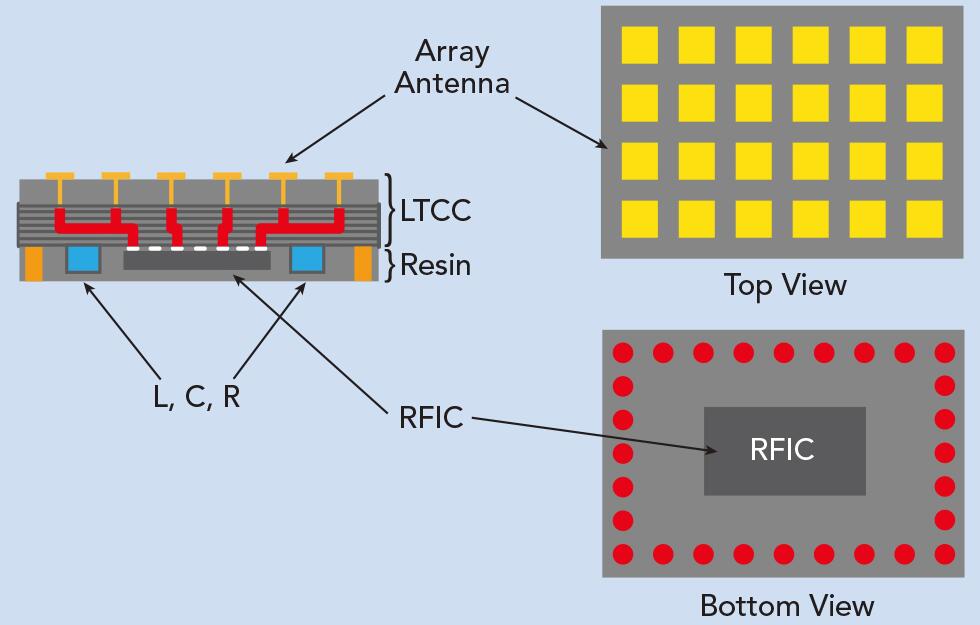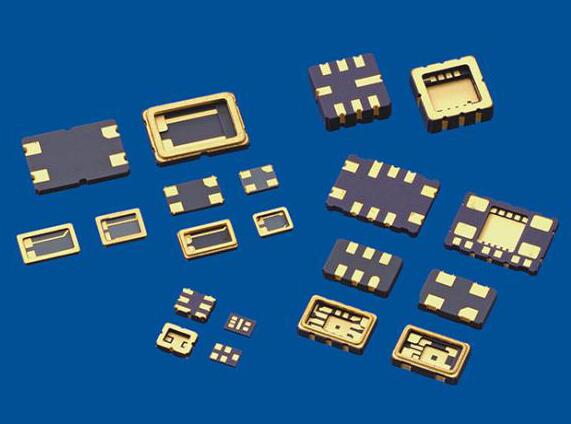LTCC stands for “Low Temperature Co-fired Ceramic.” It is a packaging technology commonly used in the electronics industry to create compact and reliable multi-layer circuits and components. LTCC packages are designed to handle a wide range of applications, including RF (Radio Frequency), microwave, and high-frequency modules, sensors, MEMS (Micro-Electro-Mechanical Systems), and other miniaturized electronic devices.
Key features and advantages of LTCC packages include:
- Multilayer Structure: LTCC packages are fabricated by stacking multiple layers of ceramic substrates, each with circuit traces, vias, and other necessary structures. These layers are stacked and bonded together using a low-temperature firing process, hence the name “Low Temperature Co-fired Ceramic.”
- Thermal Performance: LTCC packages have good thermal properties due to the ceramic material used. This makes them suitable for applications where heat dissipation is important, such as in high-frequency RF modules.
- Miniaturization: The layering process allows for the integration of multiple components and circuitry in a compact space, making LTCC packages ideal for miniaturized devices.
- Hermeticity: LTCC packages can be designed to provide a high level of hermeticity, which is essential for protecting sensitive electronics from environmental factors like moisture, dust, and contaminants.
- Customization: The LTCC process allows for the creation of complex three-dimensional structures, enabling the integration of various components, such as passive elements (resistors, capacitors, inductors), RF components (antennas, filters), and even small microfluidic channels for certain applications.
- High Frequency Applications: LTCC packages are commonly used in high-frequency applications due to their excellent electrical properties and minimal signal loss at high frequencies.
- Reliability: LTCC packages offer good mechanical and thermal stability, making them suitable for harsh operating environments.
LTCC packages are often used in conjunction with other technologies such as flip-chip bonding, wire bonding, and surface mount technology (SMT) to assemble and interconnect the various components onto the LTCC substrate.
Overall, LTCC packages are versatile solutions for a wide range of electronic devices that require compact size, high-frequency performance, and reliability in demanding environments.


